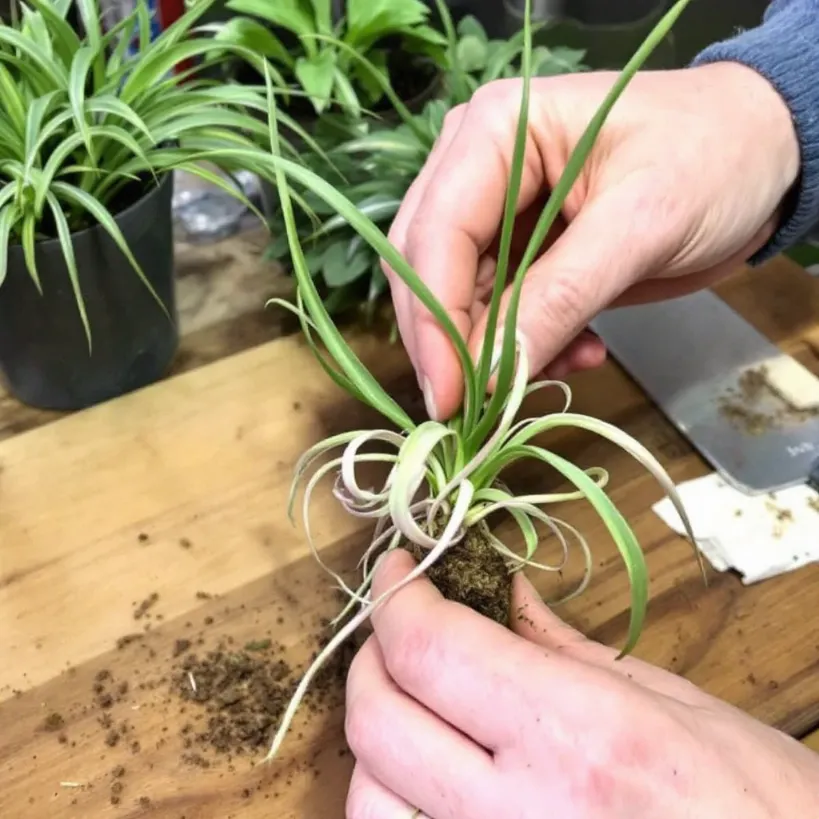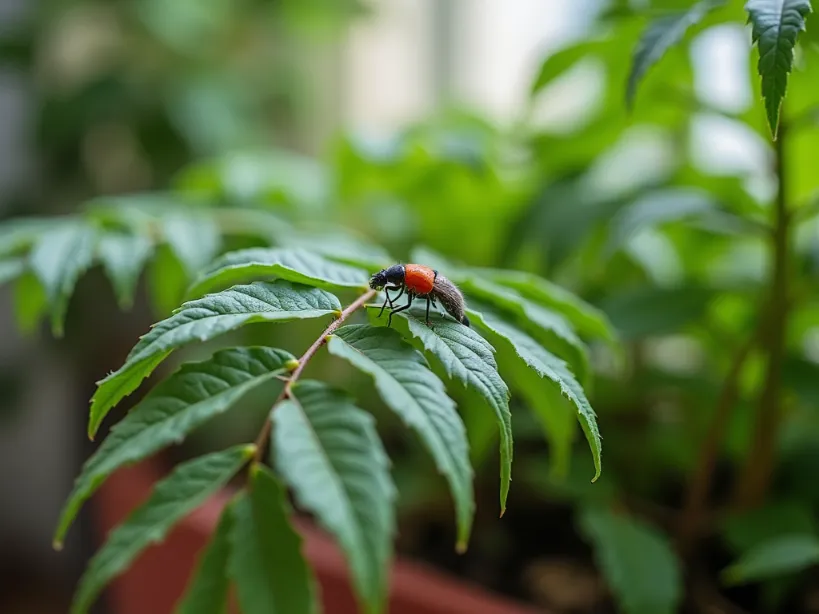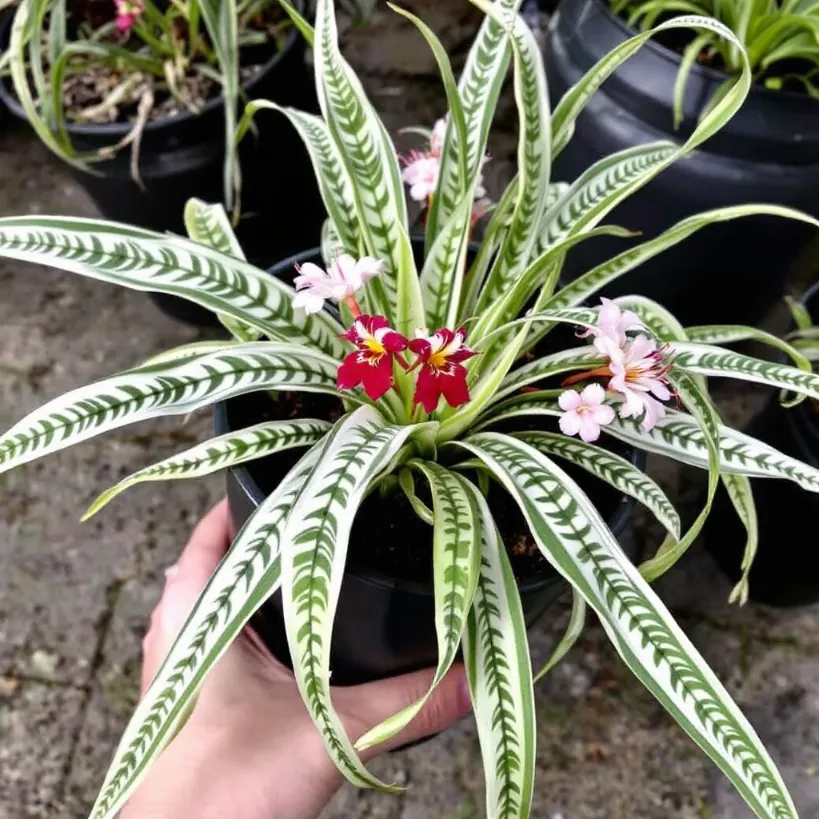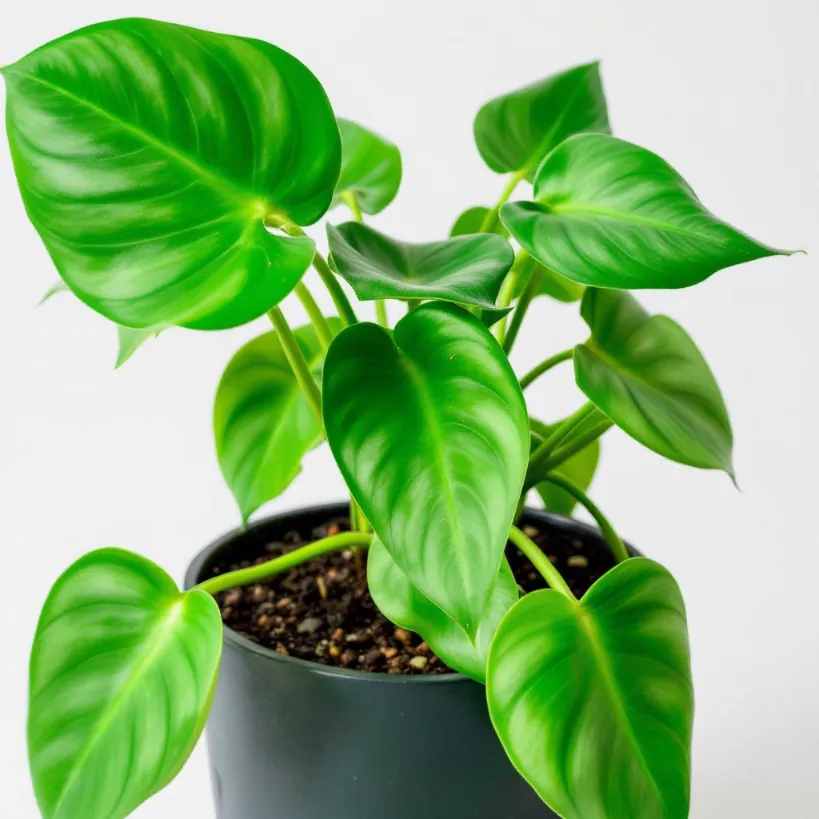Preparing for Repotting: Understanding the Basics

To ensure a successful and healthy transition when repotting your philodendron, it is crucial to understand the basics of preparation. By following these key steps, you can make the repotting process smoother and more efficient.
Step 1: Gather the necessary tools and materials
-
New pot: Choose a pot that is slightly larger than the current one to accommodate the plant’s root system and future growth.
-
High-quality potting soil: Opt for a well-draining soil mix that retains moisture without becoming waterlogged.
-
Watering can or spray bottle: Use these tools to water your philodendron after repotting.
-
Gardening gloves: Protect your hands while handling the plant.
-
Pruning shears: Use these to trim and prune any dead or damaged leaves.
Step 2: Select the right location
-
Find a well-lit and spacious area where you can comfortably work on repotting your philodendron.
-
Ensure the location is easily accessible and has good ventilation to minimize mess and facilitate cleanup.
Choosing the Right Pot: Factors to Consider
Selecting the right pot for your philodendron is essential for its overall health and growth. Consider the following factors when choosing the perfect pot:
Size of the pot
-
The pot should be large enough to accommodate the plant’s root system and allow for future growth.
-
Avoid pots that are too small, as they may restrict root development and nutrient absorption.
-
On the other hand, avoid pots that are too large, as they can lead to excessive moisture retention and increase the risk of root rot.
Material of the pot
-
Different pot materials have varying levels of porosity and insulation, impacting moisture retention and temperature regulation.
-
Clay pots allow for better airflow and moisture evaporation, suitable for plants that prefer drier conditions.
-
Plastic or glazed ceramic pots retain moisture for longer periods, suitable for plants that require consistent watering.
-
Consider the specific needs of your philodendron and choose a pot material that aligns with those requirements.
Selecting the Ideal Soil Mix: Providing Optimal Nutrients

Choosing the right soil mix is crucial for ensuring healthy growth and development of your philodendron. Consider the following tips when selecting the ideal soil mix:
-
Opt for a well-draining soil mix that retains moisture without becoming waterlogged.
-
A good soil mix for philodendrons typically includes a combination of organic matter (peat moss or compost) and inorganic matter (perlite or vermiculite).
-
The organic matter retains moisture and provides essential nutrients, while the inorganic matter promotes drainage and aeration.
-
Avoid heavy soil mixes or those with excessive clay content, as they can lead to root rot and hinder plant growth.
Step-by-Step Instructions for Safely Removing the Philodendron from its Current Pot
To ensure minimal stress on your philodendron during repotting, follow these step-by-step instructions:
Step 1: Pre-water the philodendron
-
Gently water the philodendron a few hours before repotting to moisten the soil.
-
This will make it easier to remove the plant without causing damage to the roots.
Step 2: Remove the plant from the pot
-
Prepare a clean workspace and gather the necessary tools, such as gardening gloves, a trowel or hand shovel, and a container for the plant.
-
Carefully tilt the pot on its side, supporting the base of the plant with one hand and applying gentle pressure around the edges of the pot with the other.
-
Gradually loosen the soil by tapping the sides and bottom of the pot until the plant can be easily lifted out.
Step 3: Inspect and prune the root system
-
Examine the root system to assess its condition.
-
If the roots are tightly wound around the soil, gently separate them using your fingers or a tool, being careful not to cause excessive damage.
-
Remove any dead or rotting roots to ensure the overall health of the plant.
Assessing the Root System: Identifying Root Bound Plants

Assessing the root system of your philodendron is crucial to determine if repotting is necessary. Follow these steps to identify if your plant is root bound:
-
Gently remove the philodendron from its current pot and inspect the roots.
-
Look for a dense mass of roots tightly coiled around each other or wrapping around the pot’s bottom or sides.
-
Check if the roots are circling the pot’s edges, as this indicates that the plant has outgrown its current container.
-
Stunted growth, yellowing leaves, and reduced water absorption are also indications of a root bound plant.
Trimming and Pruning: Promoting Healthy Growth
Regularly trimming and pruning your philodendron plants is essential for maintaining healthy growth. Follow these guidelines for proper trimming and pruning:
-
Remove any dead or damaged leaves as soon as they appear using clean shears or pruning scissors.
-
Trim yellowing or yellowed leaves, as they can indicate nutrient deficiencies or overwatering.
-
Regular pruning helps control the size and shape of your plant, encourages new leaf growth, and ensures proper air circulation throughout the foliage.
Placing the Philodendron in the New Pot: Proper Positioning

Properly positioning your philodendron in its new pot is essential for its overall health and growth. Follow these steps for proper positioning:
-
Choose a new pot that is slightly larger in diameter than the previous one to allow room for root spread and growth.
-
Ensure the new pot has drainage holes at the bottom to prevent waterlogging and root rot.
-
Add a layer of fresh potting mix at the bottom of the new pot to provide additional nutrients and promote healthy root development.
-
Gently remove the philodendron from its old pot, being careful not to damage the delicate roots.
-
Place the plant in the center of the new pot, ensuring it sits at the same depth as it did in the previous container.
-
Avoid burying the lower stems too deeply to prevent rotting.
-
Gently backfill the sides with fresh potting mix, ensuring that the soil is firmly but not tightly packed around the roots.
Backfilling with Fresh Soil: Ensuring Adequate Support
Backfilling your philodendron’s new pot with fresh soil provides essential support and nutrients. Follow these guidelines for proper backfilling:
-
Select a high-quality potting mixture that is well-draining and rich in organic matter.
-
Gently pour the soil around the edges of the new pot, filling gaps evenly.
-
Avoid compacting or overfilling the soil to prevent drainage problems and restrict root growth.
-
Lightly tap the pot on a solid surface to settle the soil and eliminate air pockets.
-
Ensure a well-backfilled pot for optimal support, health, and growth of your philodendron.
Watering and Care After Repotting: Establishing a Post-Repotting Routine

Establishing a post-repotting routine for watering and care is crucial for your philodendron’s health and growth. Follow these guidelines:
-
Monitor soil moisture levels regularly by sticking your finger about an inch into the soil. Water your philodendron when it feels dry at this depth.
-
Use room temperature water to thoroughly soak the soil until water drains out from the bottom of the pot.
-
Avoid letting your philodendron sit in standing water, as it can lead to root rot.
-
Consider environmental conditions like temperature and humidity in your home, adjusting your watering schedule accordingly.
-
Provide optimal environmental conditions, including suitable temperatures (65-75°F or 18-24°C) during the day and slightly cooler temperatures at night.
-
Maintain humidity levels between 40-60% by using a humidifier or placing a tray of water near your plant if you live in a dry climate.
Monitoring Growth and Adjustments: Maintaining a Thriving Philodendron
Monitor your philodendron’s growth and make necessary adjustments to ensure its continued health and vitality. Follow these tips:
-
Regularly check for signs of yellowing leaves, wilting, or any other abnormalities that may indicate issues with your plant’s health.
-
Observe how quickly new leaves are forming and whether the plant is spreading out or becoming more compact.
-
Adjust watering, sunlight exposure, and fertilization based on your observations to meet your philodendron’s specific needs.
Remember, attentive care and responsiveness to your philodendron’s needs are key to maintaining its health and ensuring successful repotting.
FAQs about Repotting a Philodendron

When should I repot my philodendron?
You should repot your philodendron when it becomes root bound or when the current pot is too small to accommodate its growth.
How do I choose the right pot for my philodendron?
When choosing a pot for your philodendron, consider the size, drainage holes, and material of the pot. It should be slightly larger than the current pot to allow for growth and have proper drainage.
What factors should I consider when selecting a soil mix for my philodendron?
The ideal soil mix for philodendrons should be well-draining, rich in organic matter, and have a balanced pH level. Consider using a mixture of peat moss, perlite, and potting soil.
How do I remove my philodendron from its current pot?
To remove your philodendron from its current pot, gently turn the pot upside down while supporting the stem and tap the bottom of the pot. This will help loosen the plant and roots from the pot.
How can I tell if my philodendron is root bound?
You can assess whether your philodendron is root bound by checking if the roots are tightly packed and circling around the pot. The roots may also start growing through the drainage holes.
How often should I trim and prune my philodendron?
It is recommended to trim and prune your philodendron every 6-12 months to promote healthy growth and maintain its shape. Remove any dead or yellowing leaves as well.
What is the proper positioning when placing my philodendron in the new pot?
When placing your philodendron in the new pot, make sure it is centered and positioned at the same depth as it was in the previous pot. Ensure that the roots are spread out evenly.
How do I backfill the pot with fresh soil?
After positioning your philodendron in the new pot, gently fill the remaining space with fresh soil. Start by adding soil around the sides and gradually fill it up, while lightly pressing it down to provide adequate support.
How often should I water and care for my philodendron after repotting?
After repotting, it is important to establish a post-repotting routine. Water your philodendron thoroughly and then allow the top inch of soil to dry out before watering again. Maintain a regular watering schedule and ensure proper light and humidity for optimal care.
How do I monitor the growth and make necessary adjustments for my philodendron?
Monitor the growth of your philodendron by observing the leaves, stems, and overall health of the plant. Adjust the watering, lighting, and fertilizing as needed to ensure a thriving philodendron.
how-to-repot-a-philodendron